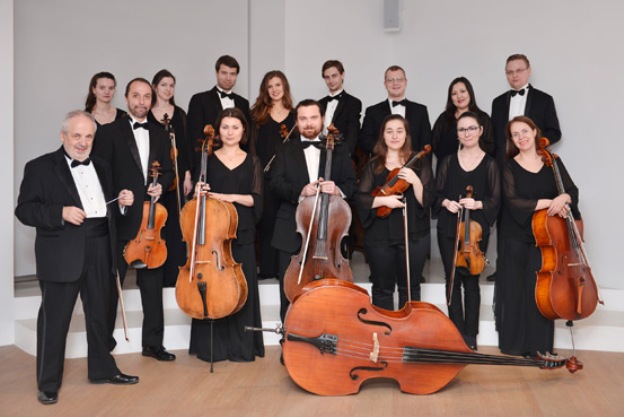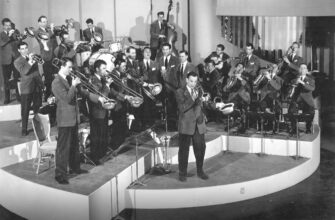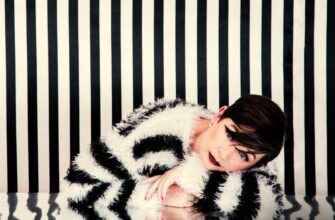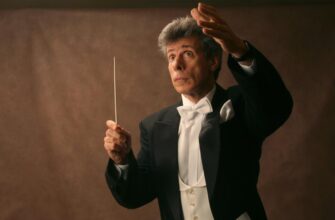On January 28, 2017 a concert of Chamber Orchestra KREMLIN will be held. The musicians will play Bach, Mozart, Wieniawski, Ravel and Piazzola. The concert will take place in the Art center, representing a new concept of the cultural structure, where meetings with the art are held in wide format, and works of art from all over the world visitor can see and to buy too.
Chamber Orchestra KREMLIN was founded in 1991 as a temporary Union, for recordings of Russian and Soviet songs for the Swiss label “Claves”, but after recording the Orchestra turned to a permanent team. Art Director of the Orchestra is Misha Rachlevsky.
Artistic Director of the orchestra, Misha Rachlevsky does not consider the combination of new concepts with the classic works as something amazing. The was he justifies his position is persuasive. Kindly find details in an interview with M. Rachlevsky.
E-Vesti: This is not the first concert of the orchestra in the art center Exposed. Does it means that the space is well suited for the performance of chamber music?
Misha Rachlevsky: Yes, and we, the musicians, and those who come to our shows at the art center Exposed, think exactly the same. We are already regular guests of this site. We’re not going to leave it.
EV: If I understand correctly, the art centre is mainly dedicated to contemporary art. In your opinion, how does this correspond with the classic sound?
Misha Rachlevsky: In my opinion, art, whether modern or aged with thousands of years, creates a space. By default, it is positively correlated with every other creativity. And although the “classic sound” has more gradations than in a fancy synthesizer, if to speak about emotionally significant gradations, which are the basis of music, any of these grades would be appropriate in the Roman amphitheatre (or the ruins of Palmyra), and in the Museum of modern art too. Musicians from all over the world prove it, playing both old and modern music (in the academic sense of the word).
EV: In the program of January 28 the United musicians from different countries and eras are brought together. What is the semantic nucleus of such Association, what is it for?
Misha Rachlevsky: Almost all the works in three programs were chosen by the musicians on the basis of “I would like to play it”, and then we arranged it in three nights. Accordingly, neither thematic division, nor any other General idea could not be found here. But this approach has its strong features you clearly at concerts.
EV: Who will be especially interested to see it and to hear it (the target audience)?
Misha Rachlevsky: Our target audience consists of two groups: people that need classical music, because it says them something, and people for whom classical music is not a part of their being, but the gimmick, which is sometimes interesting to look or listen. Sometimes members of the second group migrate in the first – this usually happens after they get on exceptionally strong concert, which seriously penetrate under their skin. The first group may get pleasure from non-classical music (especially jazz, blues and rock, but usually not pop or chanson). But they have still always a special place for classics.
EV: The announcement refer to 3 chamber programs. What is expected in the second and third?
Misha Rachlevsky: All three concerts are chamber ones. In all three concerts the musicians can express themselves, show skills.
On 28 January ten of our musicians will play “Prelude and Fugue” of Bach-Mozart, “Two caprices for two violins” Wieniawski, “Sonata for violin and double bass” by Piazzolla and “Quartet for two violins, viola and cello” by Ravel. In the third part of the cycle we will play “Trio for violin, viola and cello” by Schubert and “Kreutzer Sonata” for two violins, viola and two cellos by Beethoven. Incidentally, this will be a private arrangement by Beethoven of his “Sonata for piano and violin”.





